How to Achieve Successful SAP HANA Migration to Public Cloud
Category: SAP HANA Posted:Sep 07, 2020 By: Alvera Anto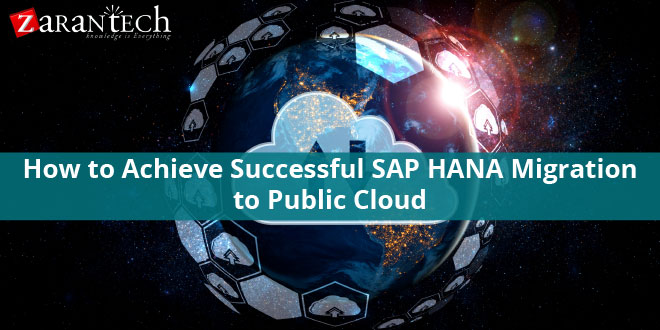
A HANA public cloud migration isn’t just a lateral move to new organizing– it’s a major change that needs to yield business, performance, and budget plan benefits for your organization. Here’s how to ensure a 100% effective SAP HANA migration to the public cloud.
Understand Your Migration Requirements
Business usually misunderstands the needs of their HANA migration. Organizations performing a Suite on HANA migration reasonably presume that their landscape won’t call for much work before they move. But the truth is, HANA does not integrate with every version of SAP ERP. You need to upgrade at least to R/3 4.6 C before they can adopt HANA. Depending on the state of your landscape, you might also need to undergo a Unicode conversion, update the OS, eliminate customized code, upgrade third-party software, and perform other tweaks.
The same goes for SAP S/4HANA migration. SAP has moved to smaller and more regular updates, which suggests much shorter support windows. You can not move to S/4HANA in 2019 or 2020 and sit there until 2025 or 2026– you’ll have to upgrade your application and migrate to SAP HANA 2.0 before then.
That’s not as a big deal as it could look like. As soon as you get on S/4HANA, future upgrades will be quick, with minimal cost and disruption. But it’s still critical to stay on top of continuous support requirements once you exist.
Getting always to HANA Isn’t Always the First Task
The quickest path to HANA isn’t always the best. It’s possible to migrate your landscape to HANA without sanitizing your data, or in many cases, without changing custom code. Nevertheless, this can make your landscape and migration less efficient. The old data will bloat your HANA data footprint, costing more to move and host. And also the customer code can prevent you from harnessing the complete benefits of HANA, and cause a bottleneck later on when you’re attempting to migrate to S/4HANA.
The goal should not be to get to HANA as quickly as possible– it needs to be to get to HANA quickly while showing value and preparing for S/4HANA.
Do Not Put Off S/4HANA Unnecessarily
Numerous business on SAP ERP and various other legacy software see migration as expensive and destructive since traditionally, that’s what they’ve been. This can make them want to avoid the S/4HANA migration until close to 2025, so they can stay clear of the requirement for additional upgrade work, post-migration.
However, this approach can harm your business. Companies who delayed the migrate to S/4HANA are depriving themselves of the performance and functionality benefits of the software, along with the ability to use new third-party software applications. They’re also giving themselves a smaller window, which makes it harder to upgrade strategically. As we discussed previously, the database and application upgrades within S/4HANA are simple and cost-effective. In the majority of cases, they should not prevent you from finishing your upgrade.
Automate, Automate, Automate
SAP projects use the SAP Activate methodology, a complete system for implementing your SAP migration. However, Activate leaves a lot up to the vendors, such as what tools to use, and how they organize and track the project. Technically, not all vendors are at the same point, which can make a difference in attaining a 100% successful SAP migration.
Conclusion
If you think of any other factors we must go over, please use the comments section below to share your opinion.
That’s all for today. If you’re interested to read more blogs on this topic, feel free to visit our website.
At ZaranTech, we also offer a self-paced, online certification program on SAP HANA, mentored by some of the sought-after and experienced subject matter experts. Browse through our course pages for further information.
Happy learning!
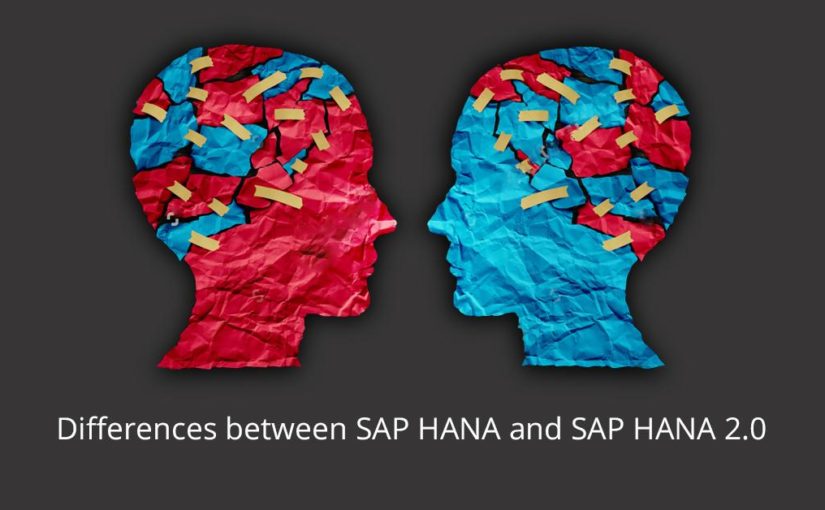
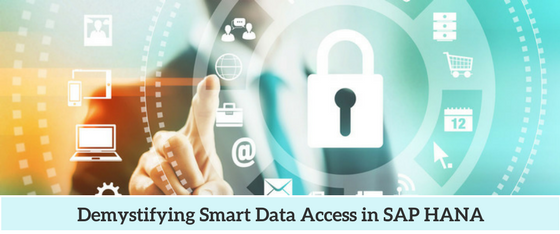
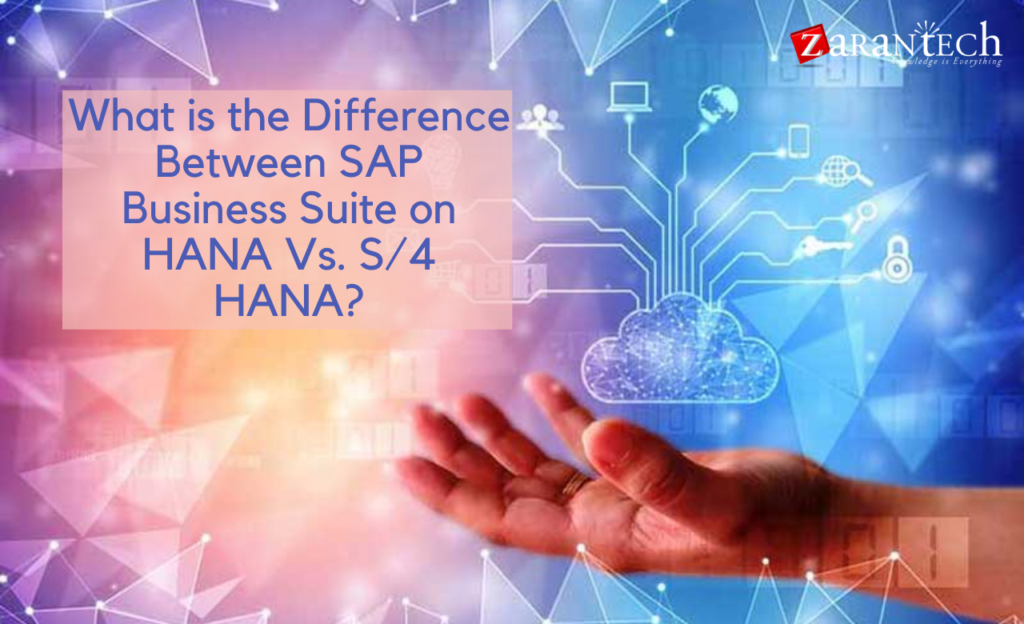

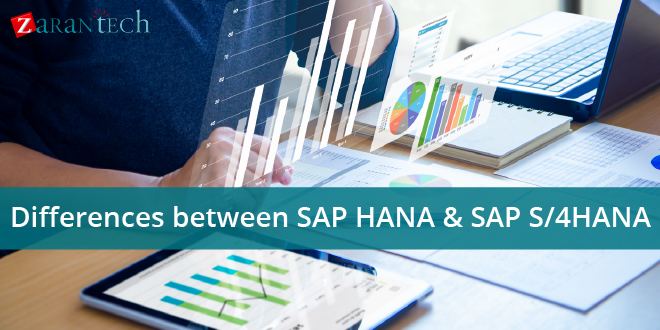
 99999999 (Toll Free)
99999999 (Toll Free)  +91 9999999
+91 9999999